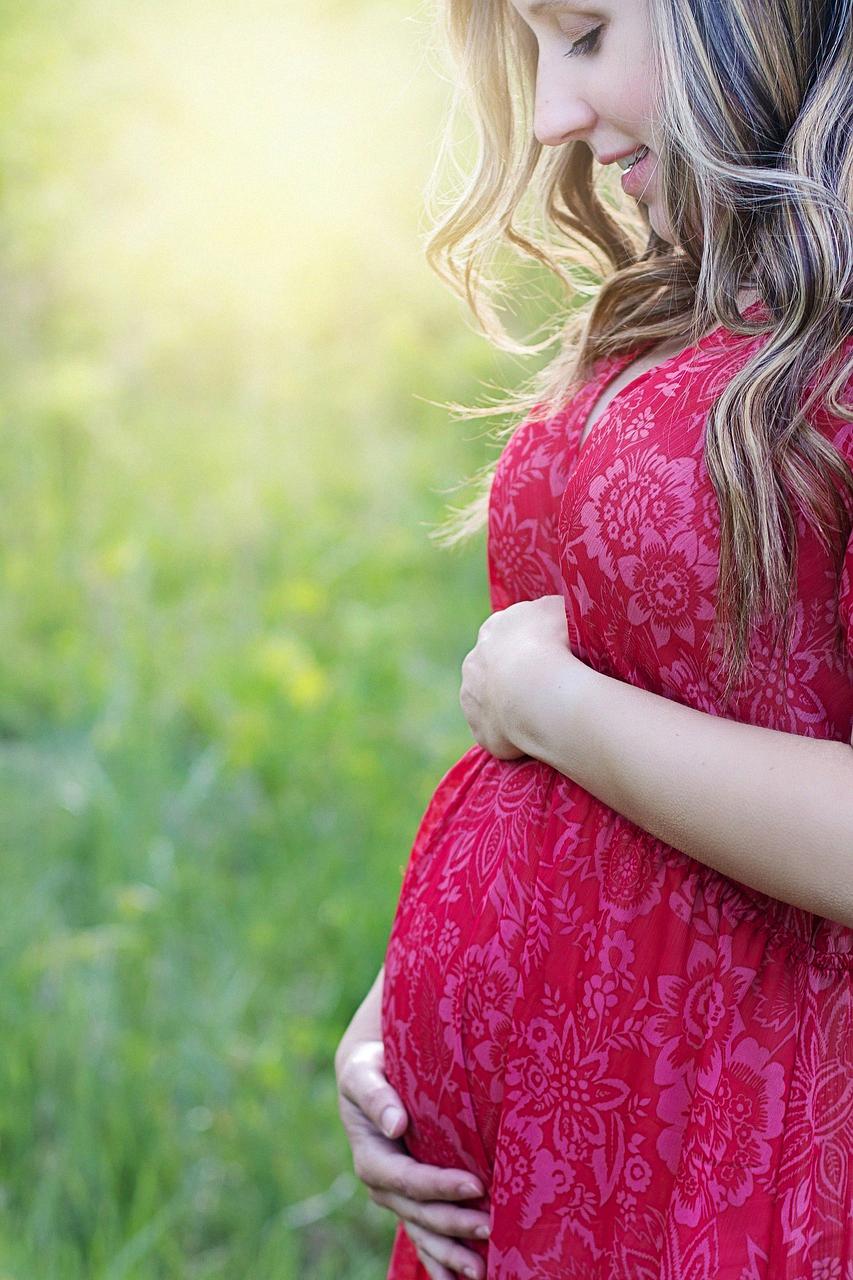When it comes to testing for pregnancy, the method of using a cup to collect urine for later testing is a common practice that many individuals opt for. While most people associate pregnancy testing with directly peeing on a midstream test, there are situations where peeing in a cup and testing later may be more practical or preferred.
One scenario where peeing in a cup and testing later might be preferred is when using HCG test strips. Unlike midstream tests that are designed to be urinated on directly, HCG test strips require dipping the test strip into a cup of urine for a specified duration to obtain an accurate result.
Peeing in a cup and testing later can also be useful for individuals who find it challenging to produce enough urine for a midstream test. By collecting urine in a cup over time, individuals can ensure that they have an adequate sample for testing, thus minimizing the risk of an inconclusive result.
Moreover, for individuals who may feel uncomfortable or have difficulty holding a midstream test in the correct position during urination, using a cup to collect urine can offer a more convenient and less stressful testing experience.
It is important to note that the accuracy of pregnancy tests, whether conducted using midstream tests or test strips with urine collected in a cup, largely depends on following the instructions carefully. Ensuring that the urine sample is collected and stored properly is crucial for obtaining reliable results.
When peeing in a cup for later testing, it is essential to use a clean, dry cup to collect the urine sample. Avoid using cups that have been previously used for other purposes or that may contain residue from cleaning agents, as this can potentially interfere with the test results.
It is recommended to use a disposable, sterile cup for urine collection to minimize the risk of contamination and ensure the integrity of the sample. Additionally, sealing the cup with a lid or plastic wrap after collection can help preserve the sample until testing is performed.
Before conducting the test, make sure to carefully read the instructions provided with the pregnancy test kit. Different tests may have varying requirements for how the urine sample should be collected, stored, and applied to the testing device.
Keep in mind that the timing of testing is also crucial for obtaining accurate results. While some tests may be sensitive enough to detect pregnancy hormones early on, it is generally recommended to wait until after a missed period for the most reliable results.
Ultimately, whether you choose to pee in a cup and test for pregnancy later or opt for a midstream test, the key is to follow the instructions provided with the test kit diligently. By ensuring that the testing process is carried out correctly, you can increase the likelihood of obtaining accurate results and gaining clarity regarding your pregnancy status.
As with any medical test, if you have concerns about the results or experience symptoms that are unclear, it is advisable to consult a healthcare professional for further evaluation and guidance.

